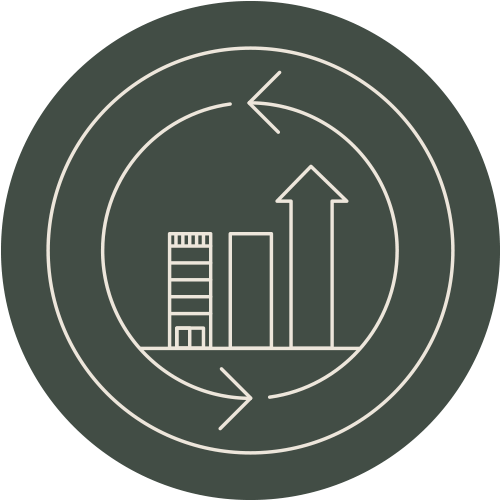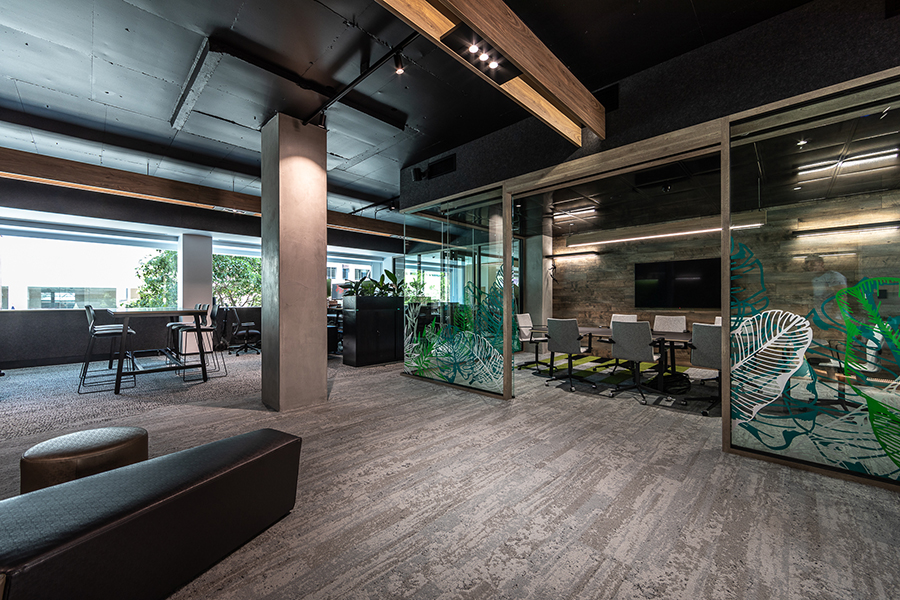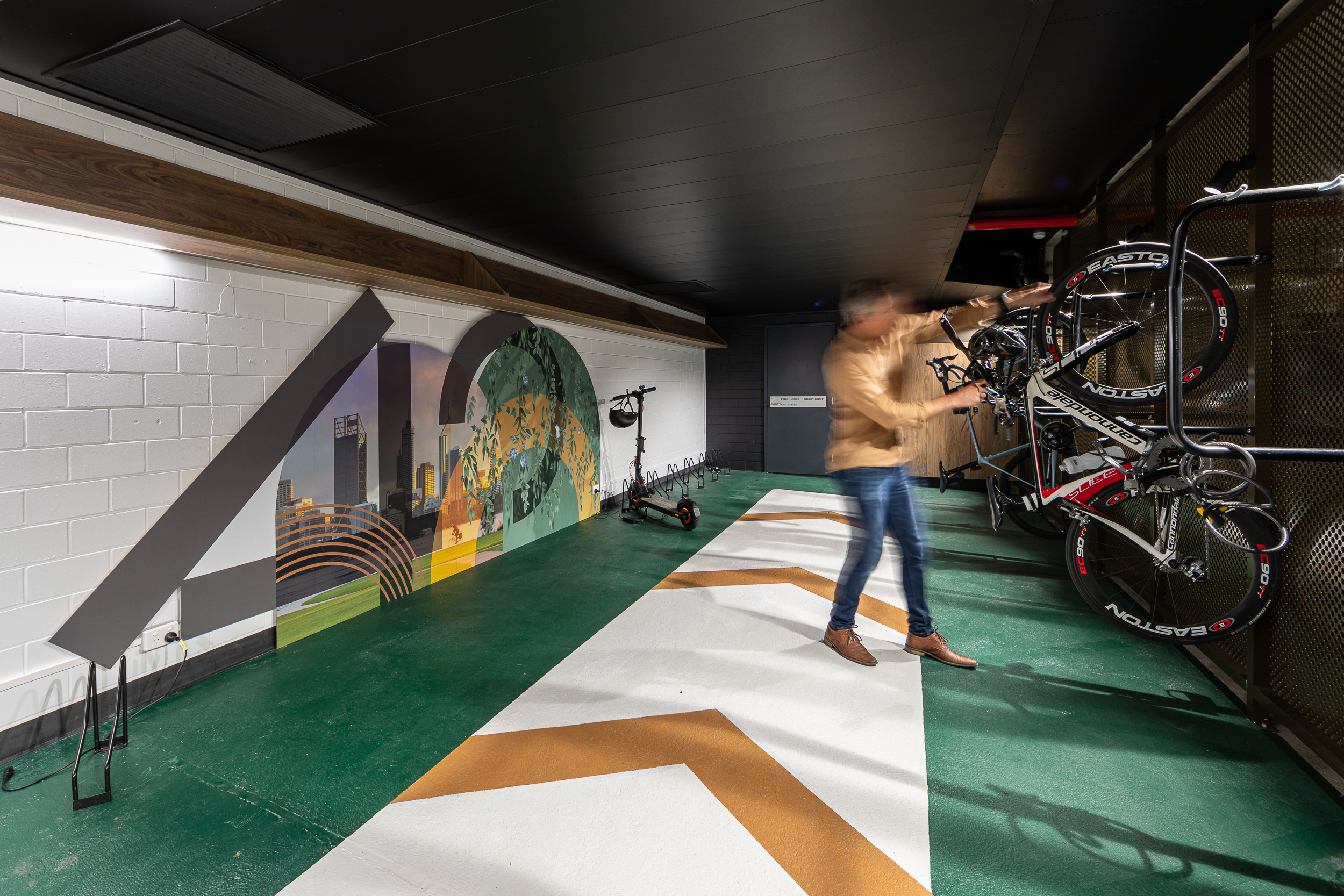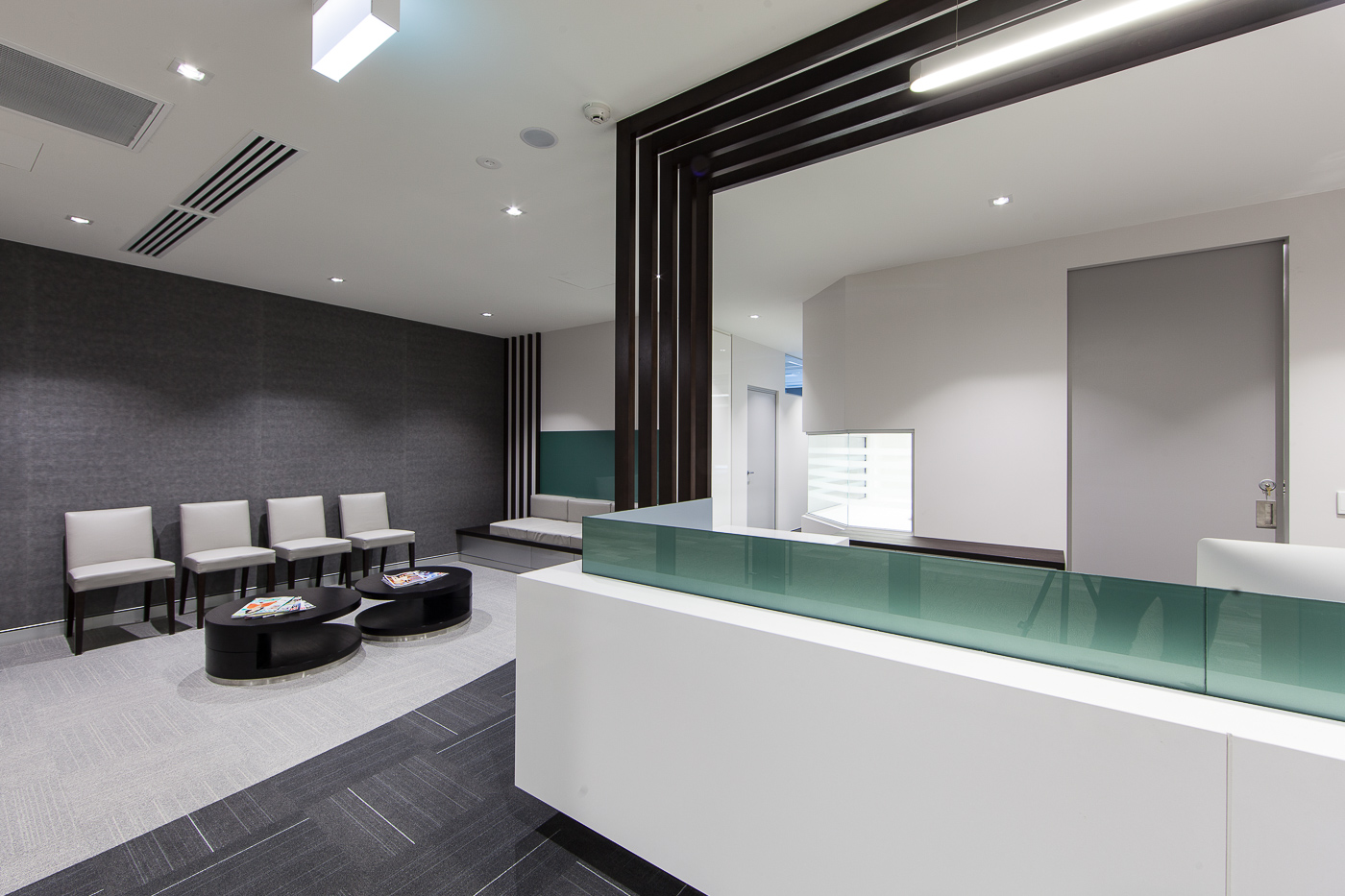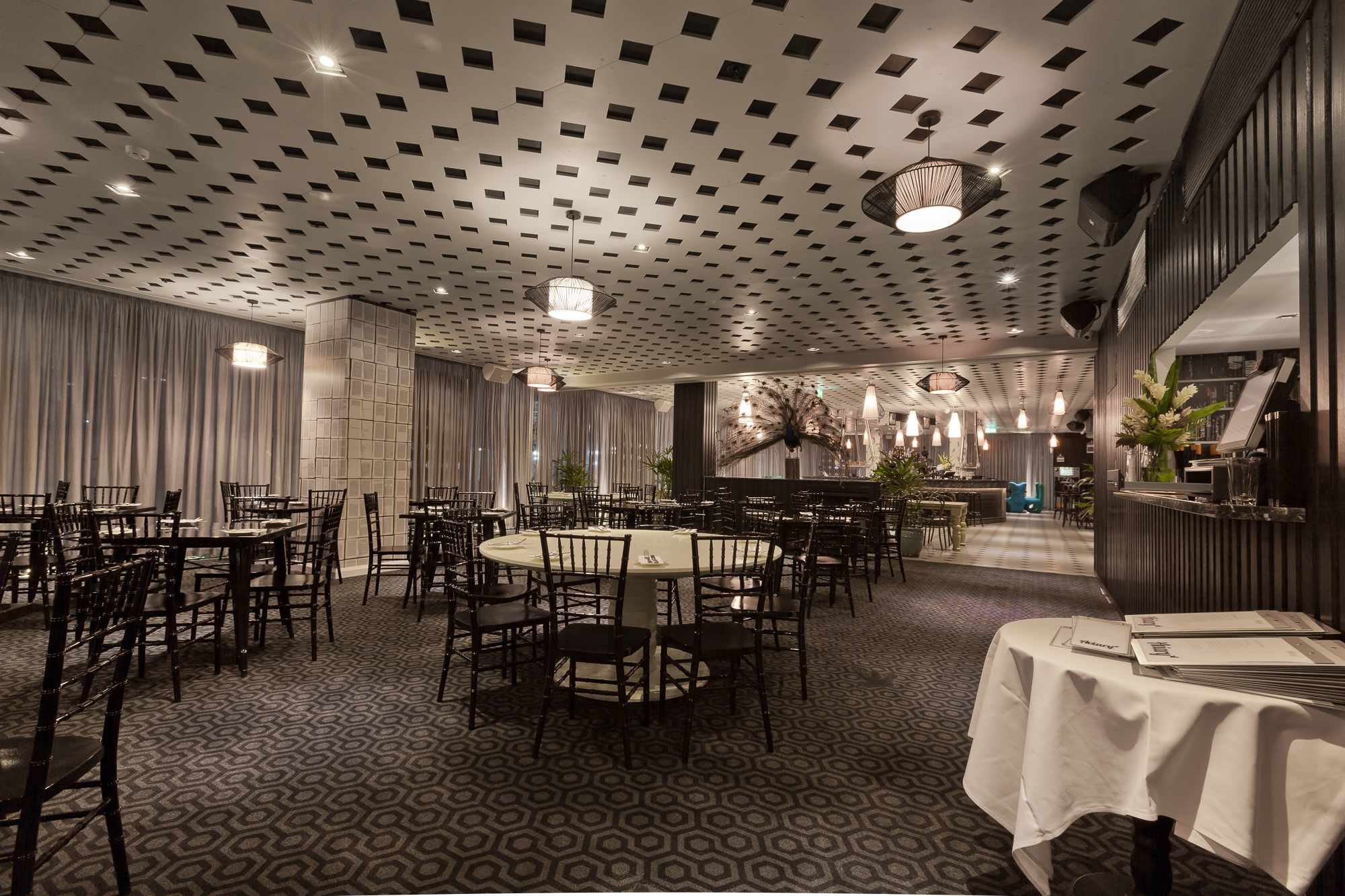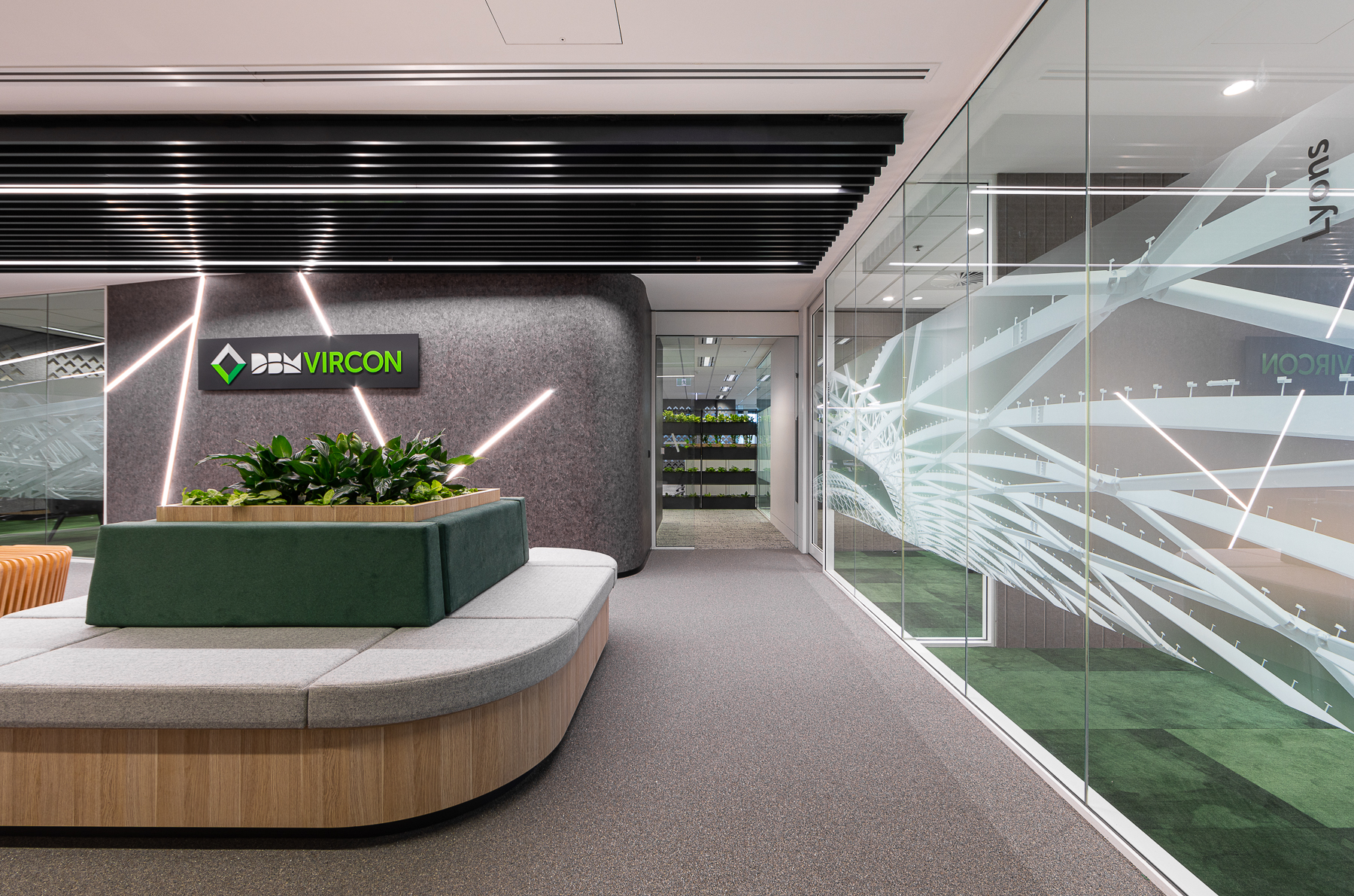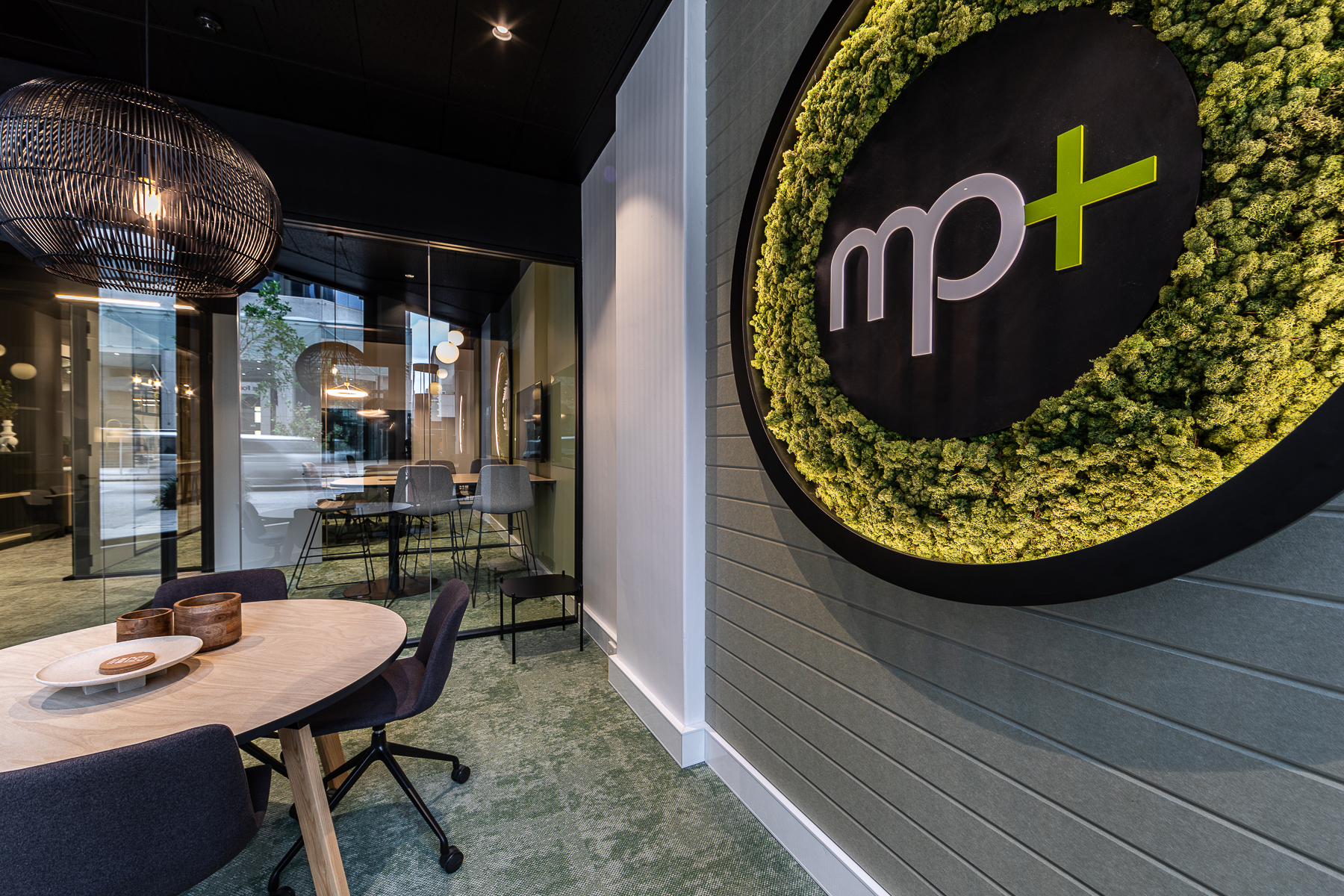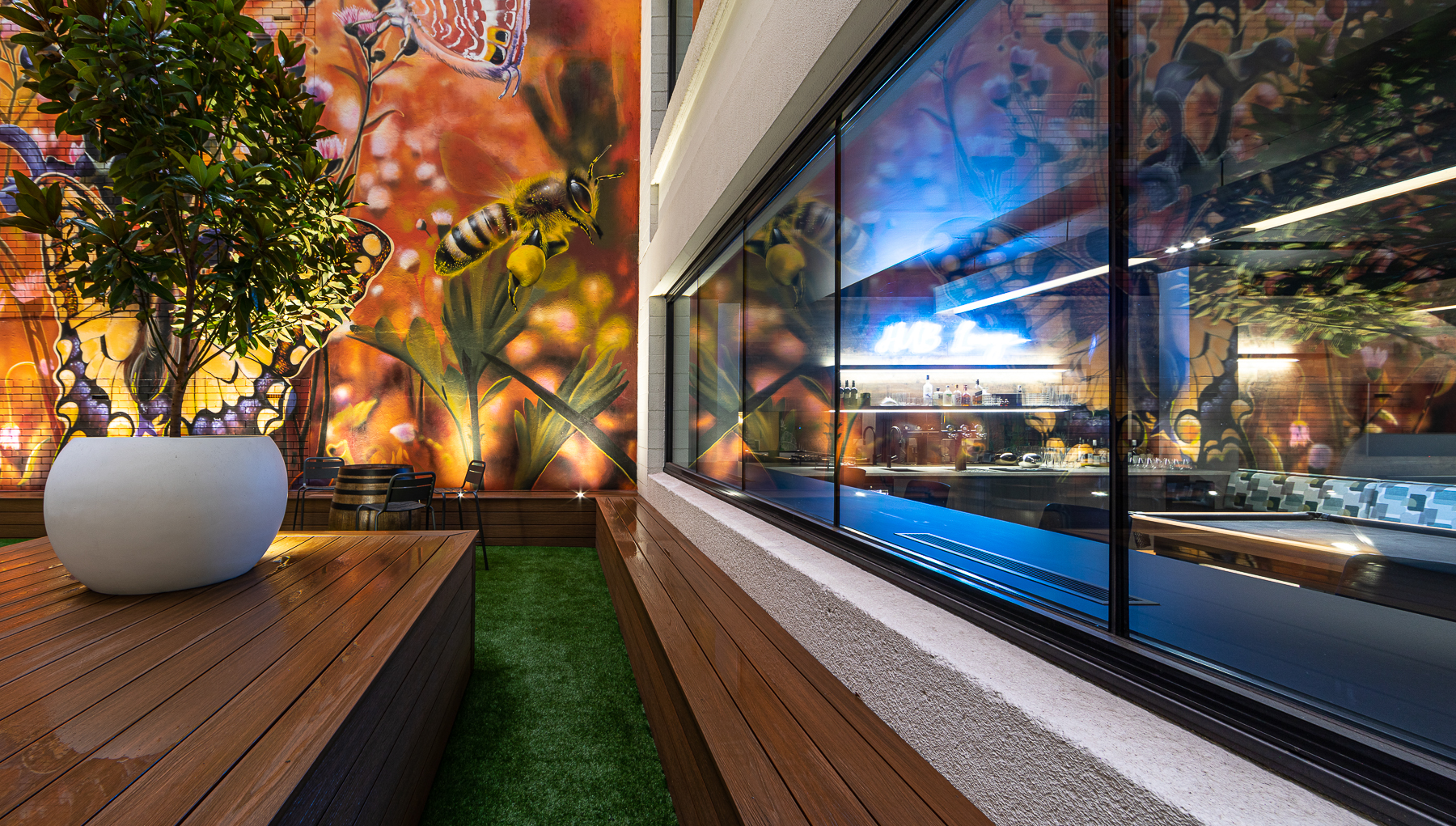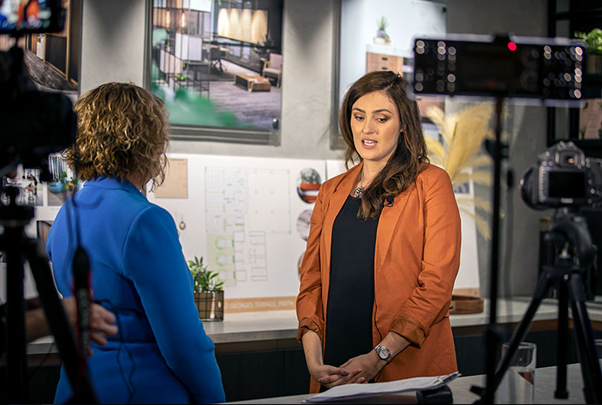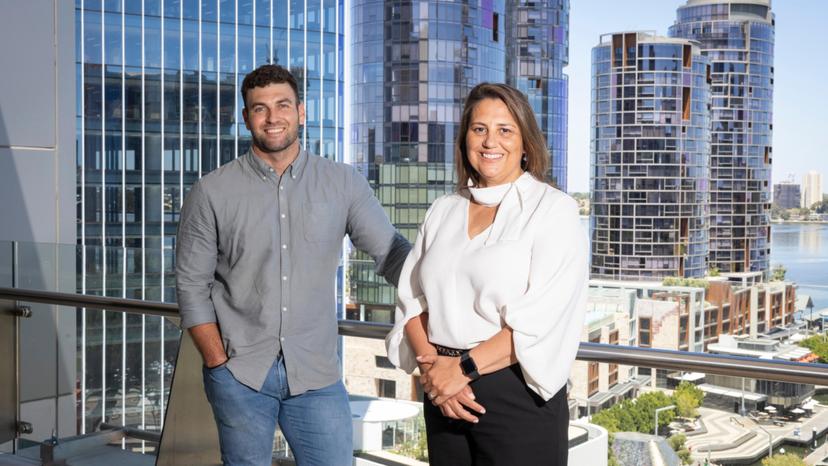A commercial fitout refers to the process of making interior spaces suitable for occupation and tailored to specific business needs. It is essentially the transformation of a raw space into a completed environment that is ready for a business to move in and start operating. This can include installation of flooring, ceilings, partition walls, furniture, and the integration of the company's branding into the interior design. Fitouts are commonly categorised by different types, such as:
-
Base Building Fitouts: This involves the basic construction elements provided by the landlord, which can include mechanical and electrical services, finished ceilings, and sometimes flooring. The extent of what is included can vary greatly.
-
Shell and Core Fitouts: Here, the fitout is done in a space that is essentially a blank canvas - just the shell of the building with core areas like stairwells, elevators, and main lobbies completed. Tenants have the freedom to design the space as they see fit.
-
Incentivised Fitouts: These fitouts are often completed by landlords and include basic finishes, raised floors, suspended ceilings, and basic mechanical and electrical services. It’s a space that's functional but not yet personalised.
-
Specified Fitouts: This is the phase where the tenant's specific requirements are implemented. It covers everything from the layout of the office space, private offices, conference rooms, to the design elements that reflect the company's brand and culture.
Commercial fitouts are typically undertaken by businesses when they move into a new property, or when they are looking to update or rebrand an existing space. The process is comprehensive and is managed by a project team that usually includes architects, interior designers, engineers, and contractors. The goal is to create a functional and aesthetically pleasing work environment that aligns with the company's operational requirements and brand identity.
Begin you journey with Hub today and we will take care of everything for you. Submit yout project outline here: Brief Wizard





